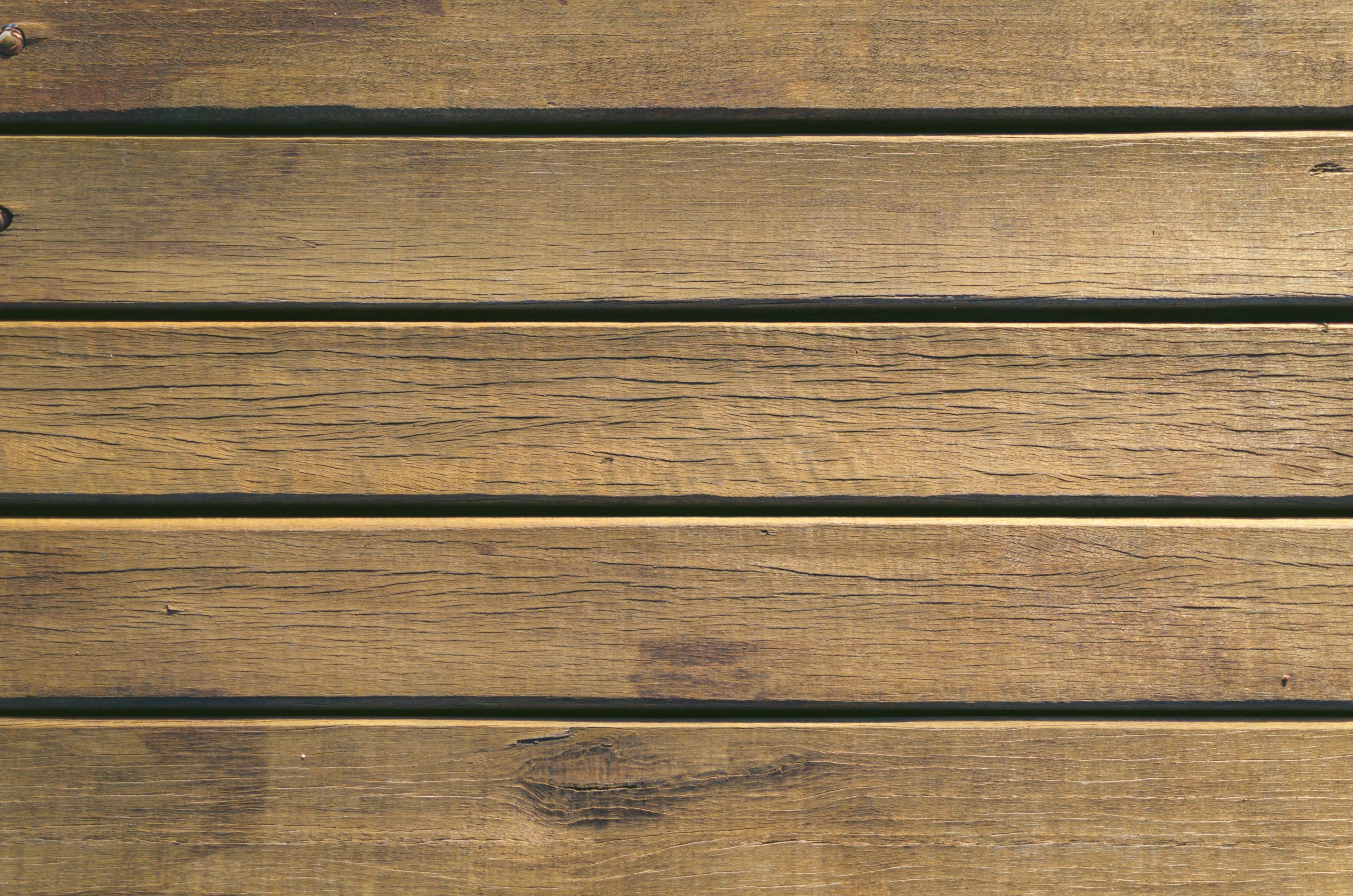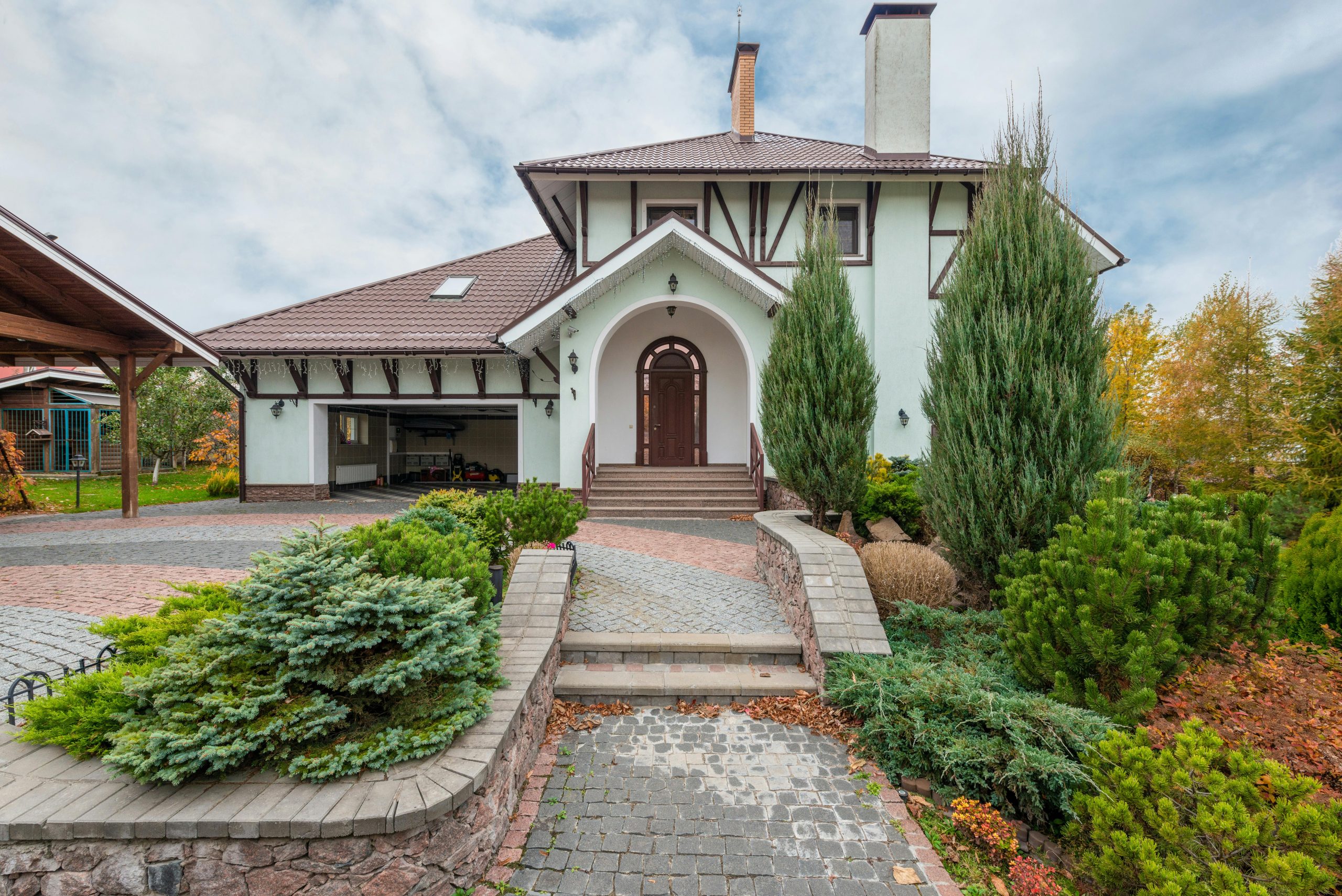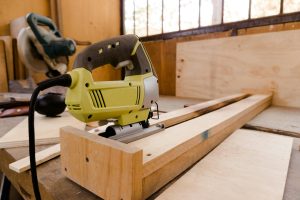Top Tips for Success in Outdoor Projects
Introduction
Outdoor projects can be incredibly rewarding—from building a new deck or pergola to installing raised garden beds, retaining walls, or a backyard shed. But they also come with unique challenges: unpredictable weather, uneven terrain, and a need for durability in every material and method.

At Buildmax, we help builders and DIYers succeed in the great outdoors. In this guide, you’ll learn proven tips for outdoor project success—covering planning, tools, materials, and practical insights to help you complete your project on time, on budget, and built to last.
1. Plan for Weather, Seasons, and Sunlight
Your outdoor project will be exposed to the elements—during construction and long after it’s finished.
Tips:
- Schedule major builds for dry seasons or periods of stable weather.
- Use sun path and shade calculators to determine optimal placement for structures like decks, pergolas, or seating areas.
- Consider wind exposure, stormwater runoff, and frost lines if digging or laying concrete.
Proper planning helps prevent delays, structural issues, and future maintenance headaches.
2. Start with a Solid Base
Whether you’re laying pavers, building a deck, or constructing a shed, your foundation is everything.
Foundation Tips:
- For decks: use concrete footings or stirrups below frost line (check local regulations).
- For pavers: prepare a base of compacted road base and leveling sand.
- For retaining walls: dig at least 200mm below ground level and use gravel for drainage.
Taking time with your base means your entire project will last longer and stay level.
3. Use the Right Materials for Outdoor Use
Outdoor environments demand materials that can stand up to sun, rain, temperature swings, and insects.

Recommended Materials:
- Treated pine or hardwood for timber structures
- Galvanised or stainless steel fasteners and fixings
- Weatherproof sealants for joins, seams, and timber
- UV-stable plastics and composite decking for low-maintenance builds
Avoid untreated timber or interior-grade materials—they’ll degrade quickly outdoors.
4. Choose Tools Designed for the Outdoors
Outdoor work requires more than just durability—it demands mobility, power, and weather resilience.
Tool Tips:
- Use cordless power tools with extended battery life for remote or large areas
- Keep tools clean and dry with sealed storage boxes or tool shelters
- For earthworks, invest in shovels, post-hole diggers, laser levels, and compaction tools
- Consider renting heavier equipment like cement mixers, trenchers, or augers
The right tools reduce strain, save time, and improve safety on uneven ground.
5. Measure Twice, Cut Once—But for the Environment Too
In outdoor builds, precision matters more because natural terrain introduces unpredictability.
- Use laser levels and string lines to establish flat reference points
- Check square and plumb regularly, especially when building frames
- Account for slope, drainage, and movement when setting posts or pouring concrete
Even small misalignments outdoors can cause warping, water pooling, or uneven decking.
6. Factor in Drainage and Water Management
Water is one of the biggest long-term threats to outdoor structures.

Include:
- Gravel and weep holes behind retaining walls
- Proper slope on concrete pads (min. 1:100) for water runoff
- Downpipes, guttering, or French drains where needed
- Weatherproof membranes for raised platforms or outdoor kitchens
Good drainage means a longer-lasting project—and fewer repairs.
7. Secure Permits and Follow Local Regulations
Before starting, check with your local council about permits for:
- Decks and pergolas above a certain height
- Sheds over a specific square meterage
- Plumbing or electrical installations
- Heritage or environmental overlays
Failure to comply can result in fines or required tear-downs. It’s always better to check first.
8. Protect Your Work from the Elements
Don’t let rain, wind, or sun damage your hard work before it’s done.
- Use tarps or temporary shelters to cover incomplete structures
- Seal cut timber ends with primer or wood sealant during breaks
- Store materials like cement and adhesives in dry, elevated storage
A little protection during the build phase saves time and money on repairs.
9. Add the Finishing Touches That Last
The best outdoor projects combine functionality with polish.

Final steps:
- Sand and seal timber to prevent splinters and weathering
- Add edging or pavers around garden beds for clean lines
- Paint or oil surfaces with UV-resistant coatings
- Install lighting or weatherproof power outlets for usability
A well-finished outdoor space is more enjoyable, more valuable, and longer-lasting.
10. Safety First—Always
Outdoor projects come with higher exposure to risks: heights, heat, tools, and manual labour.
Safety Essentials:
- Wear steel-capped boots, gloves, safety glasses, and sun protection
- Use fall protection when working above ground
- Keep a first aid kit nearby
- Stay hydrated and take breaks in the shade
Prioritise safety just as much as speed—it keeps the project enjoyable from start to finish.
Conclusion
Success in outdoor projects doesn’t just happen—it’s built from the ground up. By planning for the environment, using the right materials and tools, and executing with care, you can bring your outdoor vision to life and ensure it lasts for years to come.

At Buildmax, we’re here to supply the gear, know-how, and inspiration you need to build smarter and bolder in every outdoor space. Whether you’re building a backyard getaway or your next professional job, these tips will help you get it right—every time.












Post Comment